These Houseplants Clean The Air In Your Home
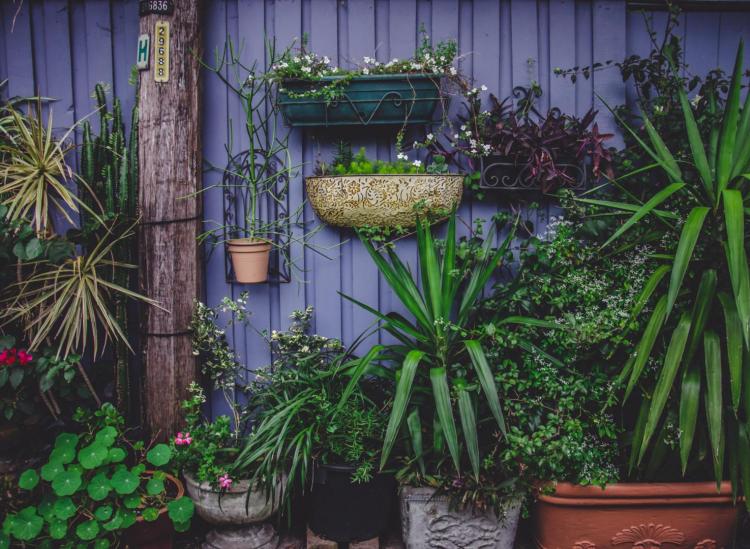
Cherry Laithang
Even for those of us who weren’t blessed with a green thumb, it’s hard to drive past a plant nursery without envisioning life with a greenhouse, or to walk down the gardening aisle of Home Depot without imagining what your living room would look like with a few well-placed houseplants.
As it turns out, there’s a pretty good argument for adding some greenery to your home — many common houseplants are excellent at filtering pollutants out of the air, and in an enclosed space, can do wonders for your home. In a 1989 study from NASA called the Clean Air Study, the space agency found that a number of popular indoor plants were effective at removing toxic agents from the air, which was then used to help filter the air in space stations.
The following potentially carcinogenic pollutants are commonly found in the air we breathe:
- Trichloroethylene: found in inks, paints, lacquers, varnishes, adhesives, and paint remover. Short-term exposure can cause dizziness, headache, nausea, vomiting, drowsiness and coma.
- Formaldehyde: found in paper bags, tissues, napkins, particle board, plywood and synthetic fabrics. It can cause irritation to mouth, nose, and throat and swelling of the lungs.
- Benzene: found in plastics, resins, synthetic fibers, detergents and pesticides, as well as tobacco smoke, glue, paint, furniture wax and vehicle exhausts.
- Toluene: found in paint thinner, contact cement, glue, leather tanners and disinfectants. It can cause tiredness, confusion, weakness, memory loss, nausea, loss of appetite, hearing loss and color vision loss
- Xylene: found in rubber, leather, paint, tobacco smoke, and vehicle exhausts. Can cause irritation to mouth and throat, headache, dizziness, heart problems, liver and kidney damage and coma.
- Ammonia: found in window and floor cleaners/waxes, smelling salts, and fertilizers. It can cause eye irritation, coughing and sore throat.
To improve the air quality in your own home, check out your local home and garden center for these plants. Please note: some of these plants can be toxic to cats and dogs, with side effects that range from mild to severe, so plan accordingly.
Bamboo palm (Chamaedorea seifritzii)

Shutterstock
Removes: formaldehyde, xylene, and toluene.
Chinese evergreen (Aglaonema modestum)
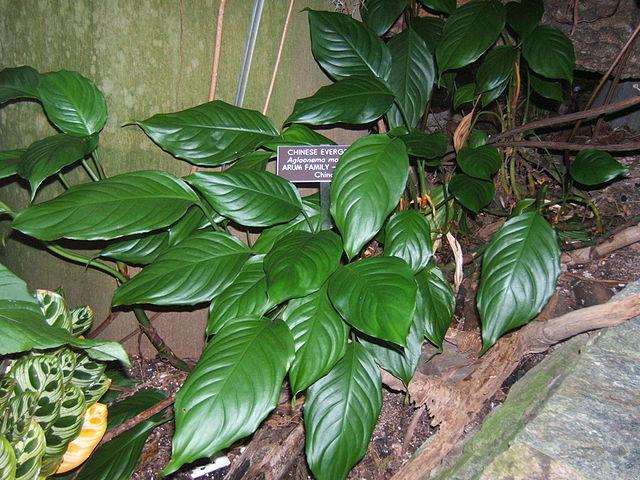
Mangostar/CC BY SA
Removes: benzene, formaldehyde.
English Ivy (Hedera helix)
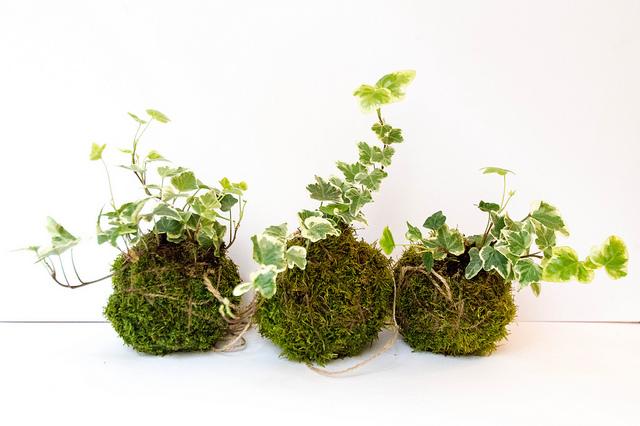
Flickr/Gergely Hideg/CC BY
Removes: benzene, formaldehyde, trichloroethylene, xylene, toluene.
Ficus (Ficus benjamina)
![Flickr/[puamelia]/CC BY SA](https://swirled.com/wp-content/uploads/2017/02/2705677509_42e1d1ac23_z.jpg)
Flickr/[puamelia]/CC BY SA
Gerbera daisy (Gerbera jamesonii)
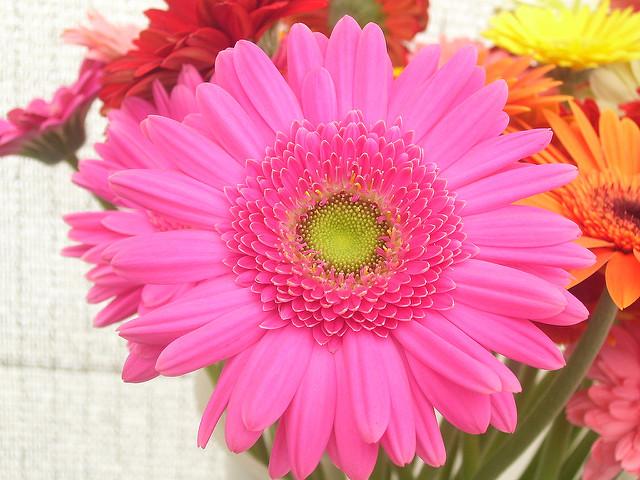
Flickr/Marina Almeida/CC BY
Removes: benzene, formaldehyde, trichloroethylene.
Janet Craig (Dracaena deremensis “Janet Craig”)
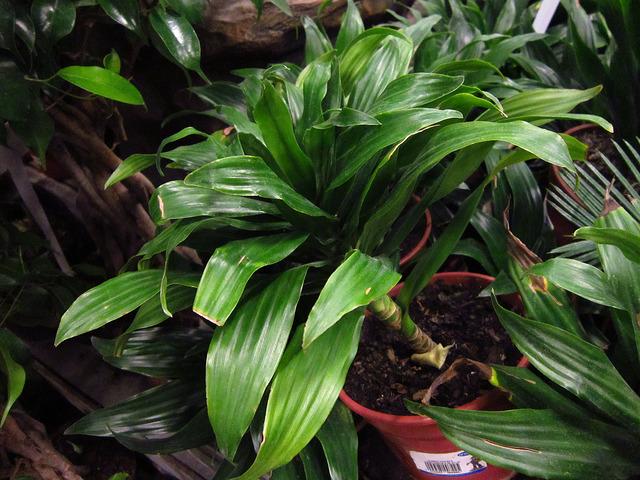
Flickr/Planeta Agronómico/CC BY SA
Removes: benzene, formaldehyde, trichloroethylene.
Marginata (Dracaena marginata)
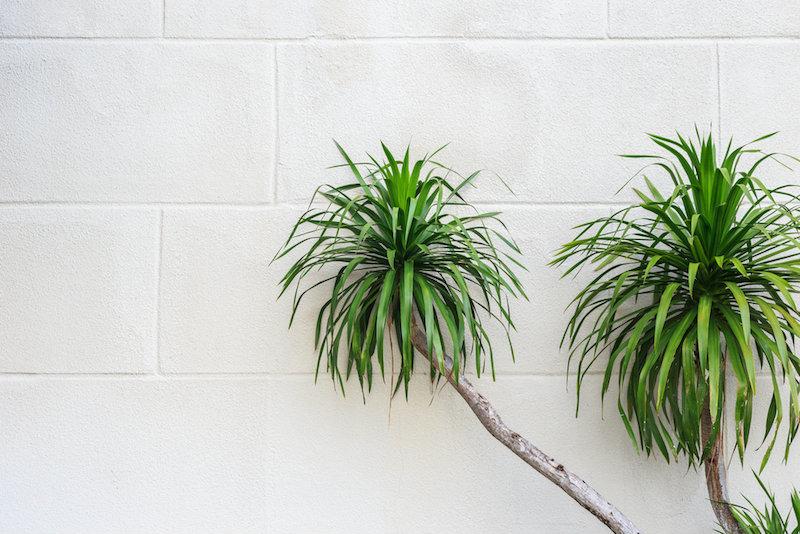
Shutterstock
Removes: benzene, formaldehyde, trichloroethylene, xylene, toluene.
Mass cane / Corn cane (Dracaena massangeana)
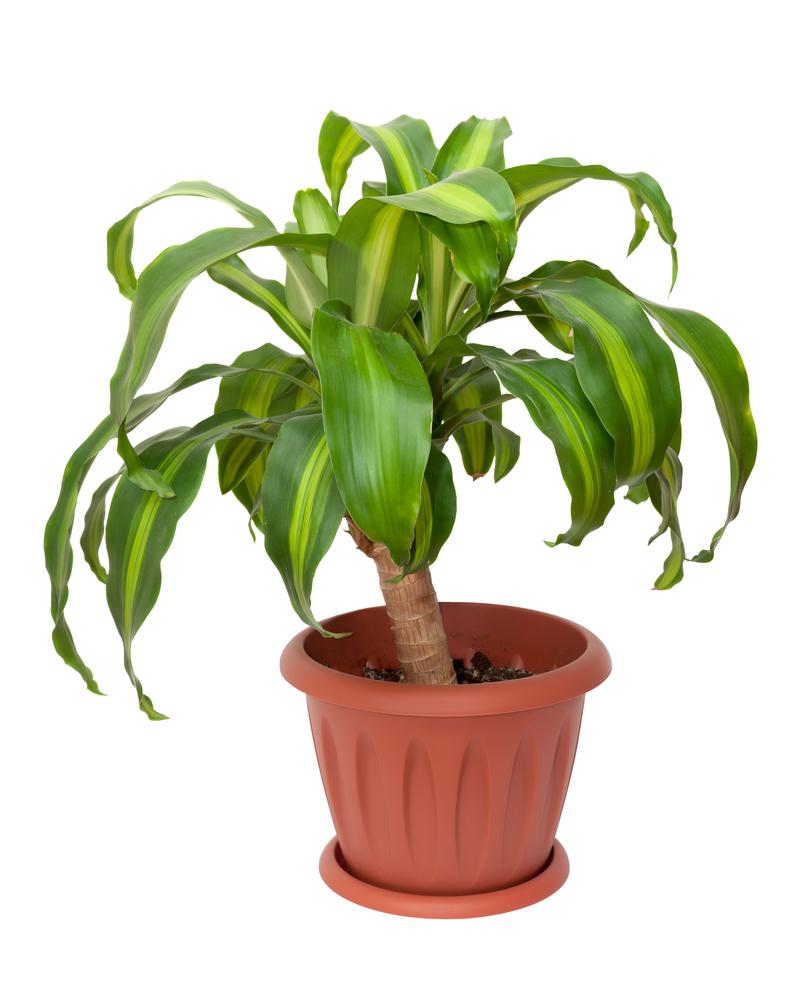
Shutterstock
Removes: benzene, formaldehyde, trichloroethylene.
Mother-in-law’s tongue (Sansevieria laurentii)
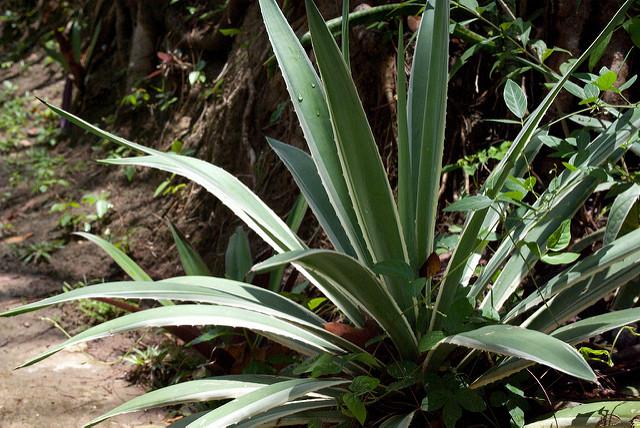
Flickr/Charles Hoffman/CC BY SA
Removes: benzene, formaldehyde, trichloroethylene, xylene, toluene.
Peace Lily (Spathiphyllum “‘Mauna Loa'”)
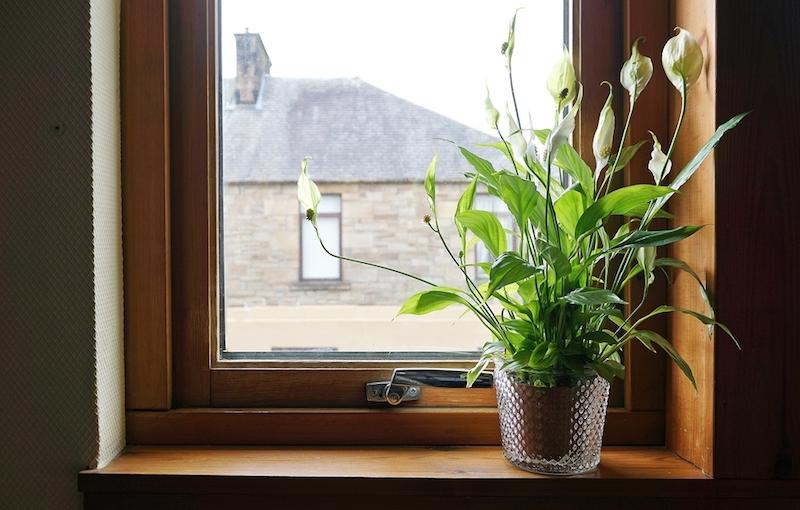
Shutterstock
Removes: benzene, formaldehyde, trichloroethylene, xylene, toluene, ammonia.
Pot mum / Florist’s Chrysanthemum (Chrysanthemum morifolium)
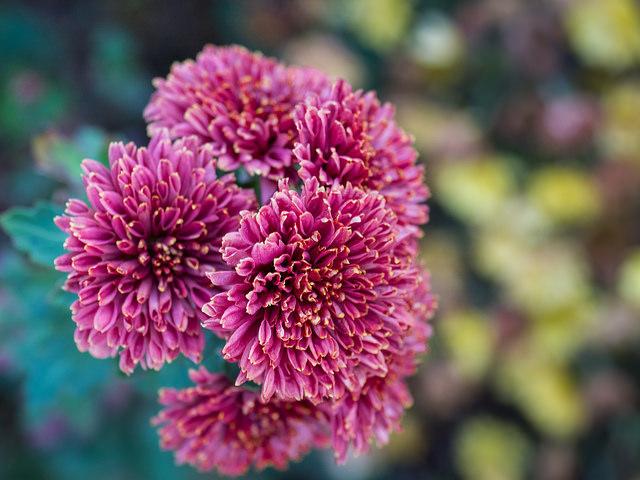
Flickr/F. D. Richards/CC BY SA
Removes: benzene, formaldehyde, trichloroethylene, xylene, toluene, ammonia.
Kimberley Queen Fern (Nephrolepis obliterata)
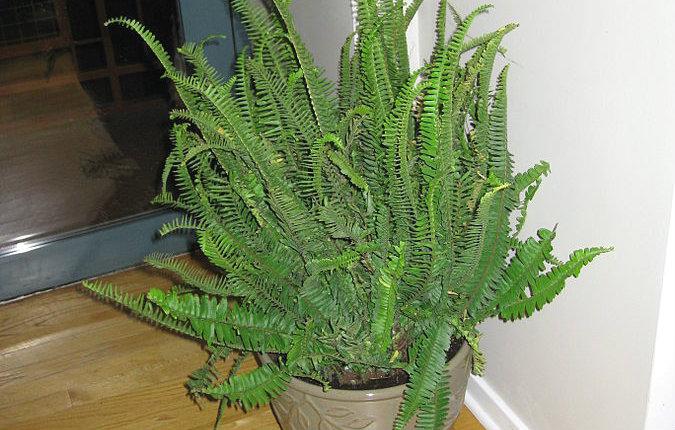
Wikimedia Commons/Erusalio/CC BY SA
Removes: formaldehyde, xylene, toluene.
Warneckei (Dracaena deremensis “Warneckei”)
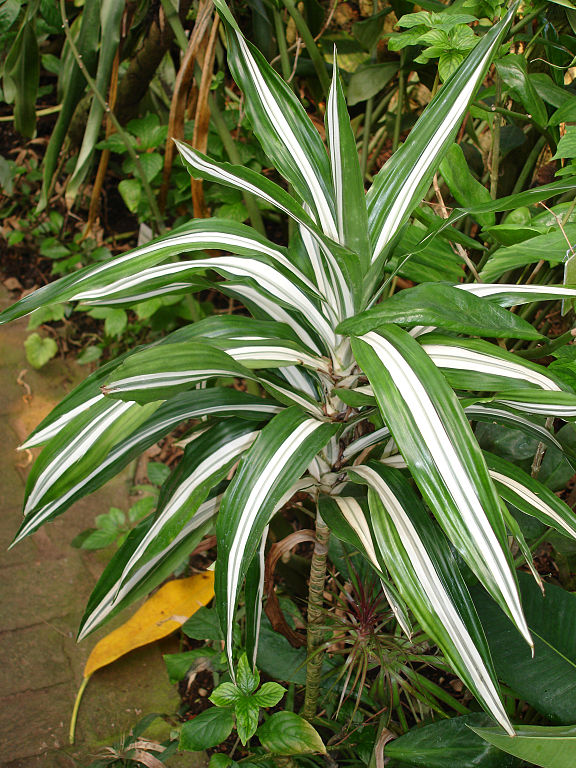
Wikimedia Commons/LucaLuca/CC BY SA
Removes: benzene, formaldehyde, trichloroethylene.
Dwarf Date Palm (Phoenix roebelenii)
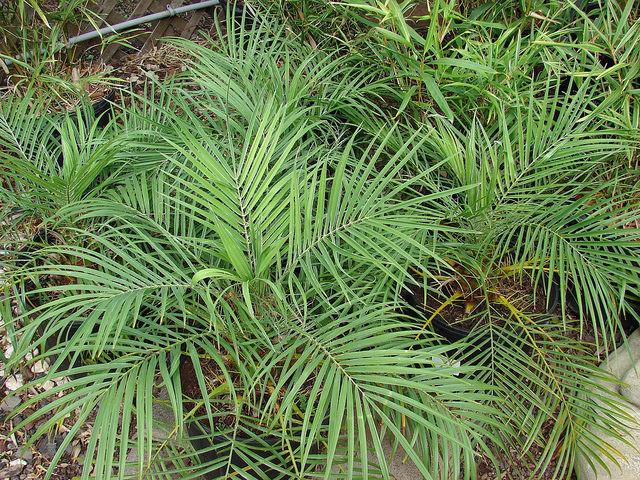
Flickr/Forest and Kim Starr/CC BY
Removes: formaldehyde, xylene, toluene.
Boston Fern (Nephrolepis exaltata)
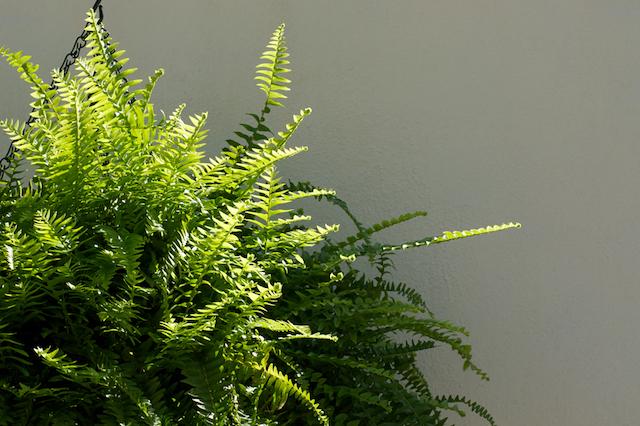
Shutterstock
Removes: formaldehyde, xylene, toluene.
Tip: NASA recommends having one of these helpful plants per every 100 square feet of home or office space.











